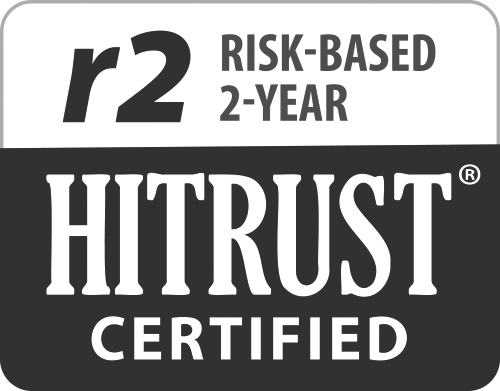Health Savings Account Contribution Limits
IRS Requirements for 2023
| Single Plan | Family Plan | |
|---|---|---|
| Minimum Deductible | $1,500 | $3,000 |
| Maximum Out-of-Pocket | $7,500 | $15,000 |
| Contribution Limit | $3,850 | $7,750 |
| Catch-Up Contribution (55 or older)* |
$1,000 | $1,000 |
IRS Requirements for 2022
| Single Plan | Family Plan | |
|---|---|---|
| Minimum Deductible | $1,400 | $2,800 |
| Maximum Out-of-Pocket | $7,050 | $14,100 |
| Contribution Limit | $3,650 | $7,300 |
| Catch-Up Contribution (55 or older)* |
$1,000 | $1,000 |
HSA plans were introduced by Congress on January 1, 2004
An HSA is a savings account that is paired with a qualified High-Deductible Health Plan to cover eligible medical expenses not covered by the health plan.
Effective 1/1/2023, a High-Deductible Health Plan (HDHP) satisfies certain requirements with respect to deductibles and out-of-pocket expenses. A qualified HDHP must have: a minimum annual self-only coverage deductible of $1,500 and a maximum self-only coverage out-of-pocket should be $7,500, or a minimum annual family coverage deductible of $3,000 and a maximum annual family coverage out-of-pocket of $15,000.
No amounts are payable from a HDHP until the family has incurred annual covered medical expenses in excess of the minimum annual deductible.
An individual is ineligible for an HSA if they are also covered by another health plan (individual, spouse, dependent) that is not an HDHP.
HSAs use pre-tax dollars.
HSA funds can grow tax-free in a variety of investment vehicles: Passbook savings, mutual funds, or stocks.
